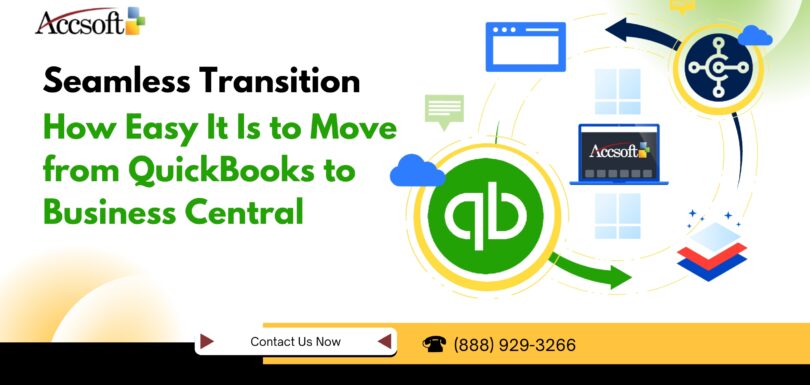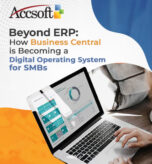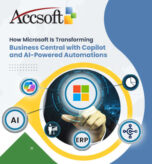Introduction Installing Microsoft Dynamics 365 Business Central is not upgrading the system, this is a tactical move towards brighter, more connected business. Migration, however, is typically preceded by delays: data clean-up, user adoption, integration needs, and process optimization. That’s where the Microsoft Power Platform (Power BI, Power Automate, Power Apps, and Power Virtual Agents) comes […]
Using Migration Tools to Simplify Your Move to Business Central
Migrating to Microsoft Dynamics 365 Business Central is daunting if your company has worked with legacy ERP or accounting software for years. Data typically resides scattered among modules, customizations, or spreadsheets, and trying to avoid losing vital business data in a smooth migration becomes an impossible task. Microsoft is favoured with built-in migration tools as […]
Sage vs. Business Central: Cloud ERP Capabilities That Make the Difference
Choosing the right ERP solution often comes down to how well it aligns with your needs for scalability, integration, functionality, and future growth potential. In this blog post, we’ll compare Sage (with emphasis on cloud-based offerings like Sage Intacct and Sage 50cloud) against Microsoft Dynamics 365 Business Central in the context of their cloud ERP […]
Implementing Microsoft Shopify Connector: A Step-by-Step Guide for Retailers
With eCommerce growth on a continuous basis, disruption-free on-line front-end shop and back-office business integration for retailers is required. Customers of Microsoft Dynamics 365 Business Central have out-of-the-box synchronisation of data between Shopify and Business Central with increased functionality through the Microsoft Shopify Connector. It eradicates man-Labor drudgery, errors, and single version of truth in […]
Understanding Dimensions in Business Central: Tips for Better Reporting
For financial and operational reporting in Microsoft Dynamics 365 Business Central, there’s one thing most well-known for its flexibility and power: Dimensions. Regardless of your job title as a finance manager, business analyst, or ERP consultant, knowing about dimensions can make a big difference in how accurate, relevant, and useful your reports become. In this […]
Seamless Transition: How Easy It Is to Move from QuickBooks to Business Central
With adequate planning, tools, and expertise, the transition from QuickBooks to Microsoft Dynamics 365 Business Central can be rather smooth. Business Central has been designed with specific features and tools that ease the transition of most organizations from entry-level accounting software like QuickBooks into a more robust ERP system. Here’s how it goes: Key Factors […]













